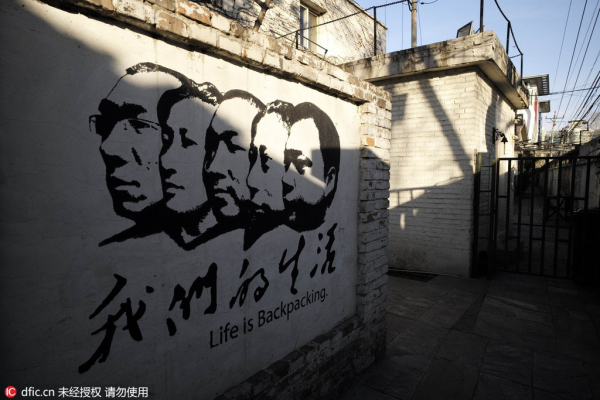Life in prison means just that
(China Daily) Updated: 2016-04-20 07:30
 |
|
The wall outside the prison in Paoju Hutong,Beijing,December 31,2015.[Photo/IC] |
Less severe than the death penalty but severer than the death penalty with a two-year reprieve, a new sentence of life imprisonment without parole is being introduced for officials who commit serious corruption crimes.
Those who receive the new sentence will have to spend the rest of their lives in prison, since it allows no possibility of their sentence being commuted or receiving parole no matter how well they behave in prison.
In the past, a death sentence with a two-year reprieve was often commuted to a life sentence if the convict behaved well during the reprieve period and the imprisonment term might be cut if he or she continued to behave well after the reprieve. However, such leniency has offered officials who have received a suspended death sentence for severe corruption crimes the opportunity to be released from prison, an opportunity that might be facilitated through illegal deals. The new judicial interpretation leaves no space for such maneuvering.
China's long-term goal is to reduce and control the use of the death penalty. However, too lenient punishments for those severely corrupt officials undermine the country's ongoing anti-corruption efforts.
The new sentence, which is aimed at limiting the abuse of parole or the commuting of sentences, accords with the country's strict crackdown on corruption and also its efforts to control the use of capital punishment. The introduction of life imprisonment without parole will help to both reestablish the weakened legal authority of the death penalty with a two-year reprieve and constitute a deterrence to corruption.
As an alternative to the current death penalty system, the new sentence marks an effective step toward plugging the loophole in the law which enabled convicted officials to be released ahead of time.-Beijing Youth Daily

I’ve lived in China for quite a considerable time including my graduate school years, travelled and worked in a few cities and still choose my destination taking into consideration the density of smog or PM2.5 particulate matter in the region.











